Gallery: Amazing images of Atlantic Methane Seeps
Hundreds of Newly Found Gas Plumes
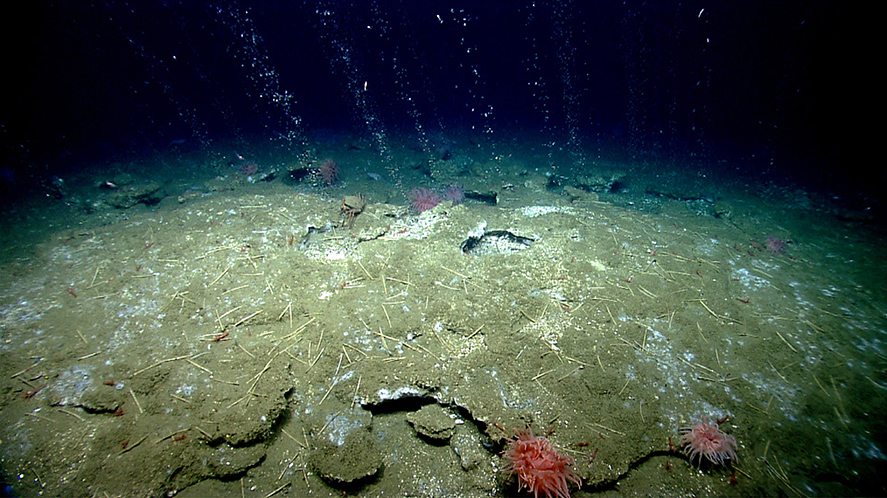
Sonar and video gathered by the National Oceanographic and Atmospheric Administration ship Okeanos Explorer spotted 570 methane plumes offshore of the East Coast. Here are amazing images of these diverse ecosystems.
Methane hydrate

A close-up of methane hydrate observed at a depth of 3,460 feet (1,055 meters) off the U.S. Atlantic Coast.
Mussel bed

A seep site south of Norfolk Canyon. These mussels have specialized bacteria that live in their gills and use the methane to make energy.
Sea creature closeup
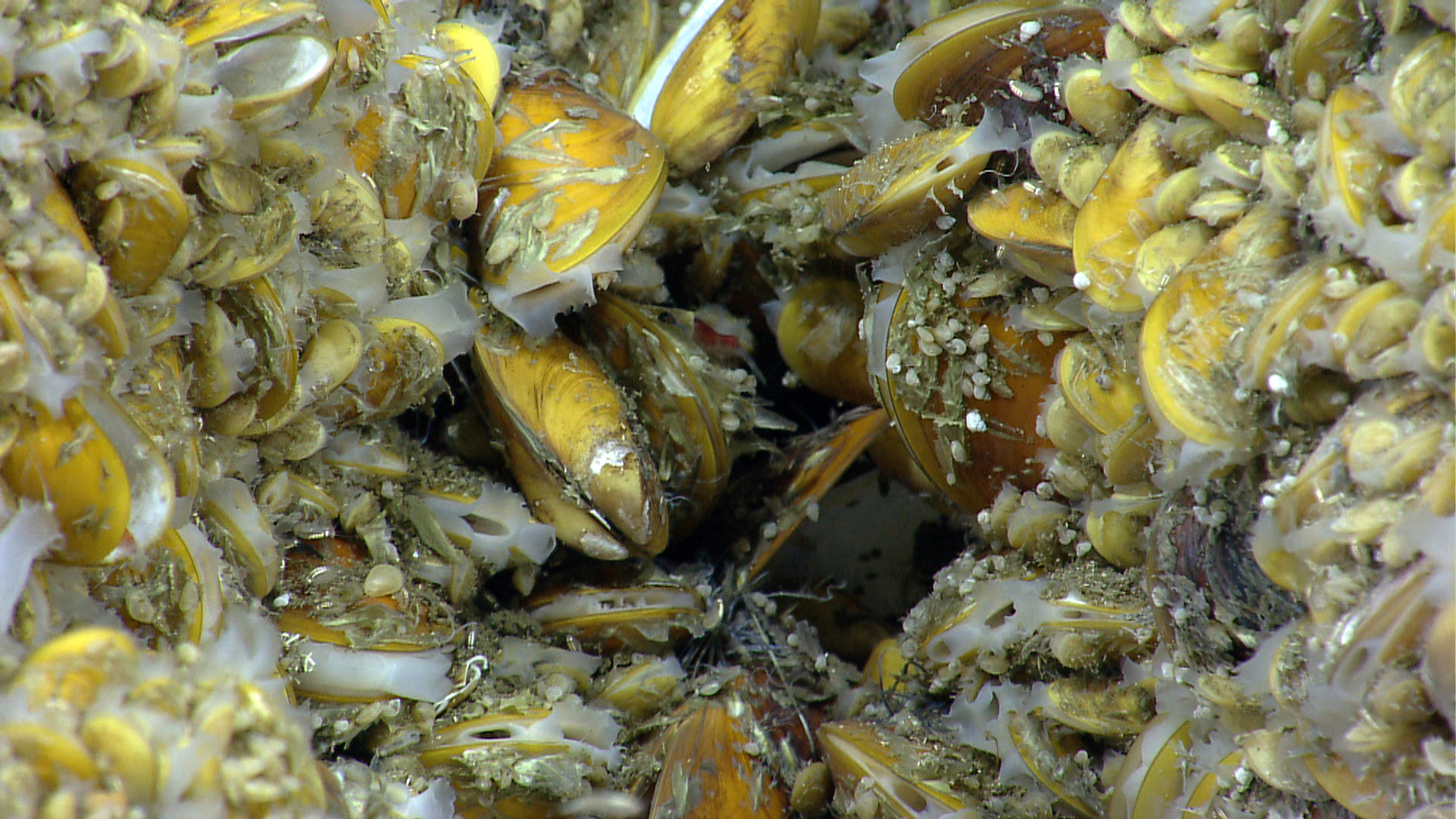
Chemosynthetic mussels discovered at a methane seep along the East Coast.
Bright pink coral
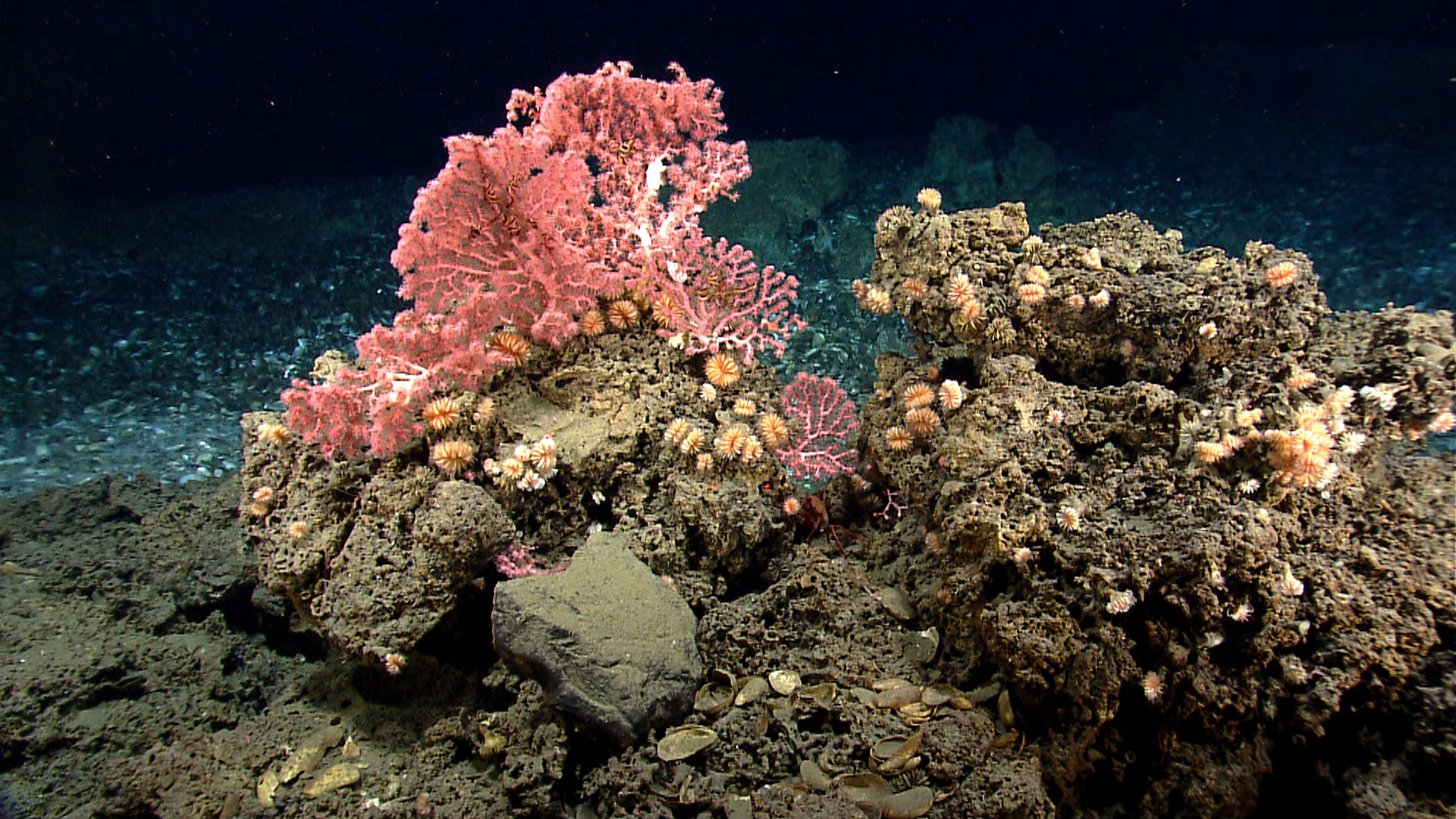
Cup corals and bubblegum corals live on rock near the edge of the mussel bed.
Happy crabs

A red crab trying to crack open a mussel at a newly discovered natural gas seep off the coast of Maryland.
Icy gas
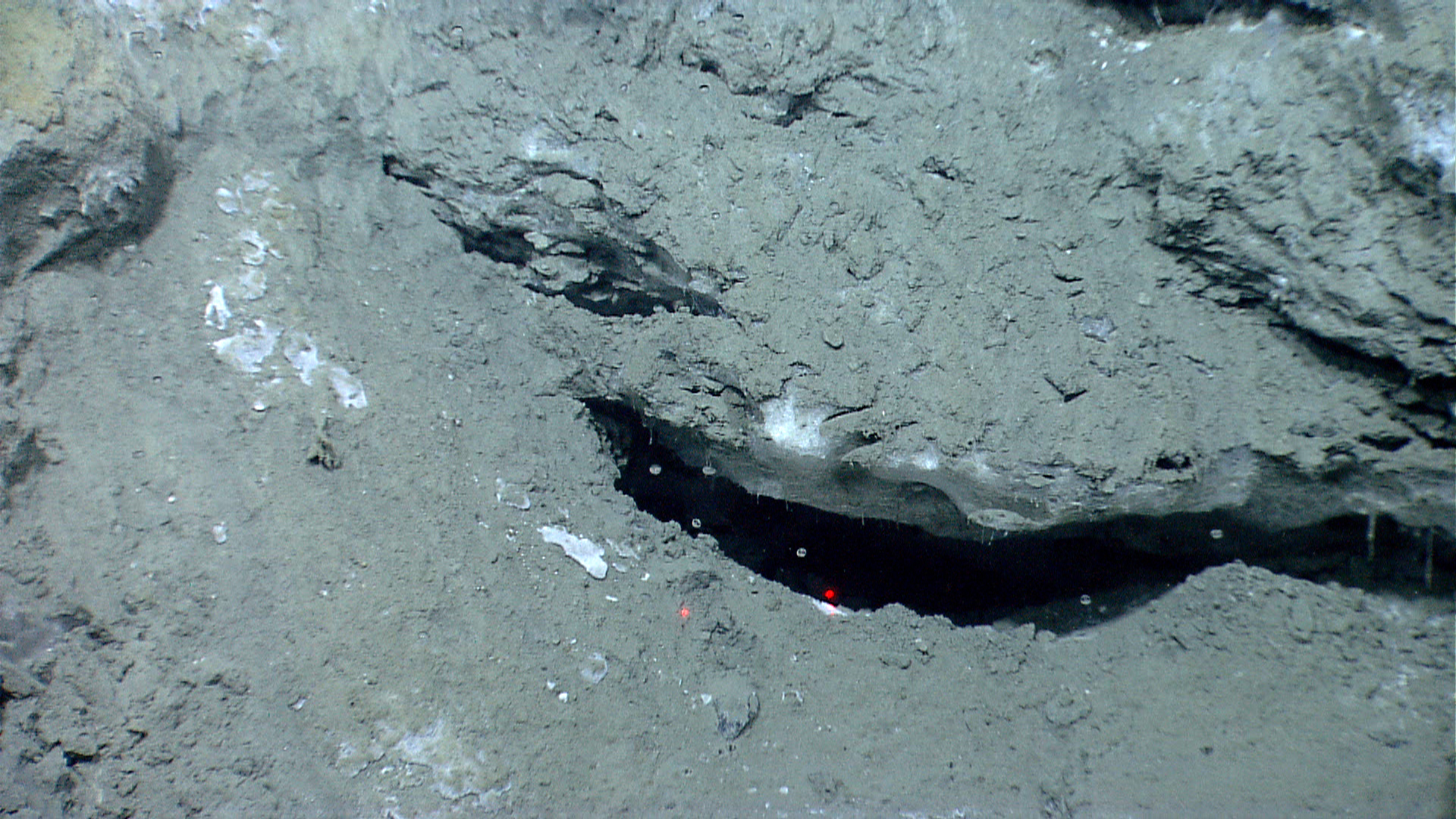
White gas hydrate formed under a rock overhang.
Get the world’s most fascinating discoveries delivered straight to your inbox.
Methane lattice
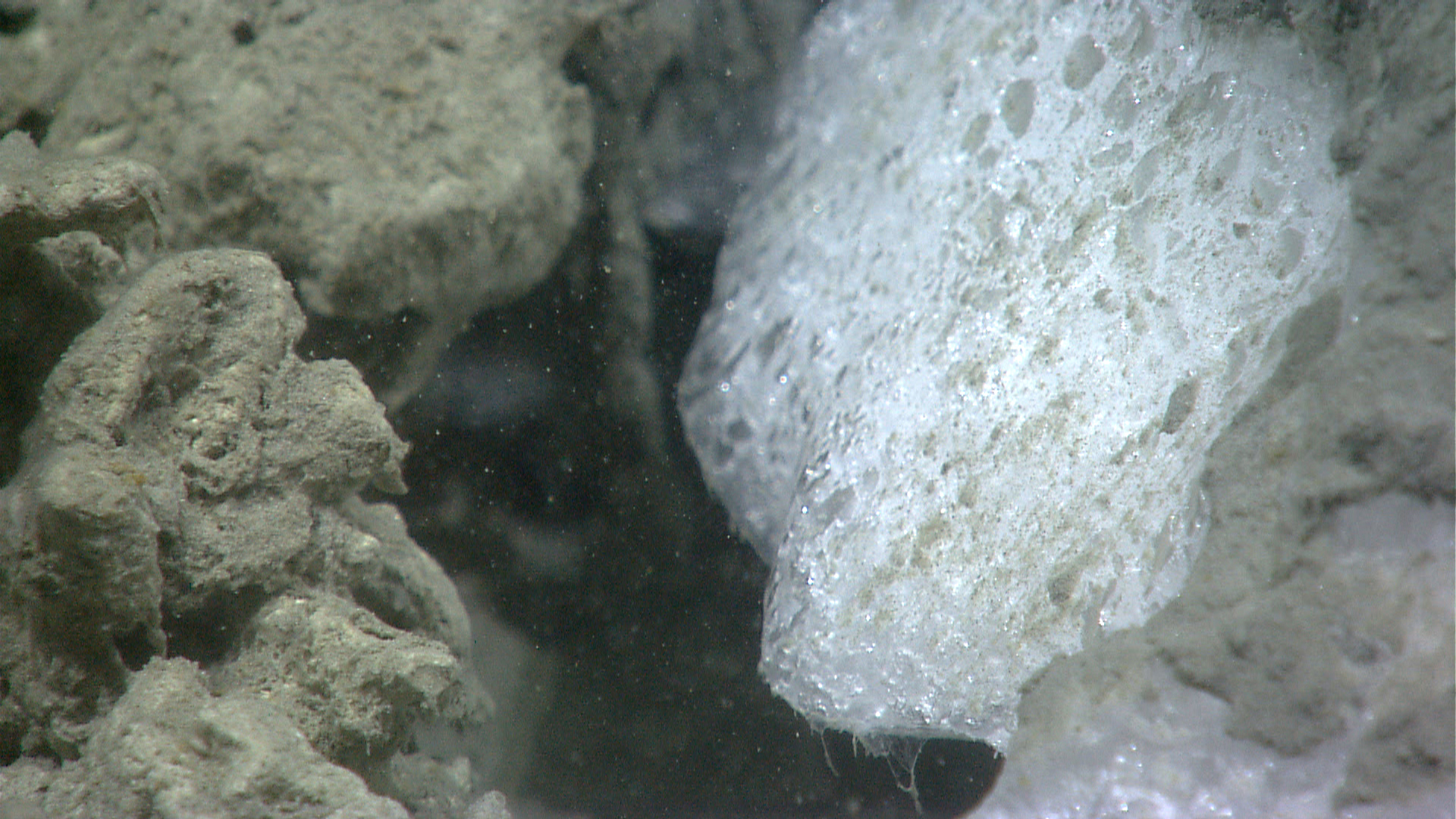
A small piece of methane hydrate formed above leaking methane.
Field of mussels

Massive carbonates (brown rocks), live and dead mussels, and white bacterial mats found at a seep site.
I spy an octopus

The octopus Graneledone verrucosa and brittle stars on top of a mussel bed and white microbial mats at a seep site south of Norfolk Canyon.
Just the right spot

A species of rockling (Family Lotidae) nestles within beds of chemosynthetic mussels (Bathymodiolus).



